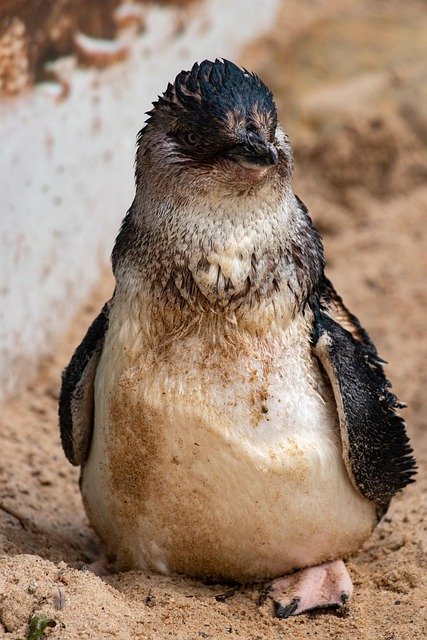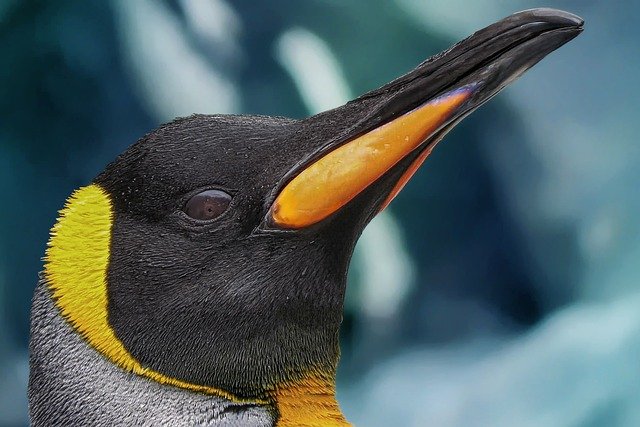**Topic: "The Social Lives of Penguins: Understanding Their Unique Communication and Social Structures"** In

The Social Lives of Penguins: Understanding Their Unique Communication and Social Structures
Penguins are fascinating creatures, not only for their striking appearance and adaptability to harsh environments but also for their intricate social lives. These flightless birds exhibit a variety of social behaviors and communication methods that are essential for their survival in the wild. In this post, we will explore the unique social structures of penguin colonies and the ways in which they communicate.
Social Structures of Penguin Colonies
Penguins are highly social animals that often live in large colonies, sometimes numbering in the thousands. These colonies provide several advantages:
- Protection from Predators: Living in groups helps penguins defend against predators such as seals and skuas. The sheer number of individuals can deter potential threats.
- Cooperative Breeding: Some species of penguins, like the Emperor Penguin, exhibit cooperative breeding behaviors. Adults may help care for the young, allowing for higher survival rates.
- Social Learning: Young penguins learn essential survival skills from observing adult behaviors, including foraging techniques and social interactions.
Hierarchical Structures
Within these colonies, penguins establish social hierarchies. Dominance hierarchies can influence access to resources such as food and nesting sites. These hierarchies are often established through displays of aggression or courtship behaviors, which can include vocalizations and physical posturing.
Communication Methods
Penguins have developed a range of communication methods to convey information within their colonies. These include:
Vocalizations
Penguins are known for their distinctive calls, which serve various purposes:
- Mate Attraction: During the breeding season, males and females use vocalizations to attract partners. Each species has its unique call, allowing individuals to recognize their mates among the crowd.
- Chick Communication: Parent penguins and their chicks have specific calls that help them identify each other amidst the noise of the colony. This is crucial for chick survival, as they rely on their parents for food and protection.
Body Language
In addition to vocalizations, penguins use body language to communicate. This includes:
- Posturing: Penguins may puff up their chests or extend their flippers to assert dominance or display interest in a mate.
- Physical Contact: Behaviors such as preening and touching are essential for bonding between mates and reinforcing social bonds within the colony.
Visual Signals
Some penguin species also rely on visual signals. For example, during courtship, males may engage in elaborate displays, such as bowing or presenting pebbles to potential mates.
Conclusion
The social lives of penguins are intricate and essential to their survival. Their unique communication methods and social structures not only facilitate breeding and parenting but also enhance their ability to thrive in challenging environments. As we continue to study these remarkable birds, we gain deeper insights into their behaviors and the importance of social interactions in the animal kingdom.
Whether you’re a seasoned ornithologist or simply a fan of these charming creatures, understanding the social dynamics of penguins offers a fascinating glimpse into the complexities of wildlife behavior. So next time you see a penguin, take a moment to appreciate the vibrant social life happening beneath the surface!
Feel free to share your thoughts or experiences with penguins in the comments below! 🐧
